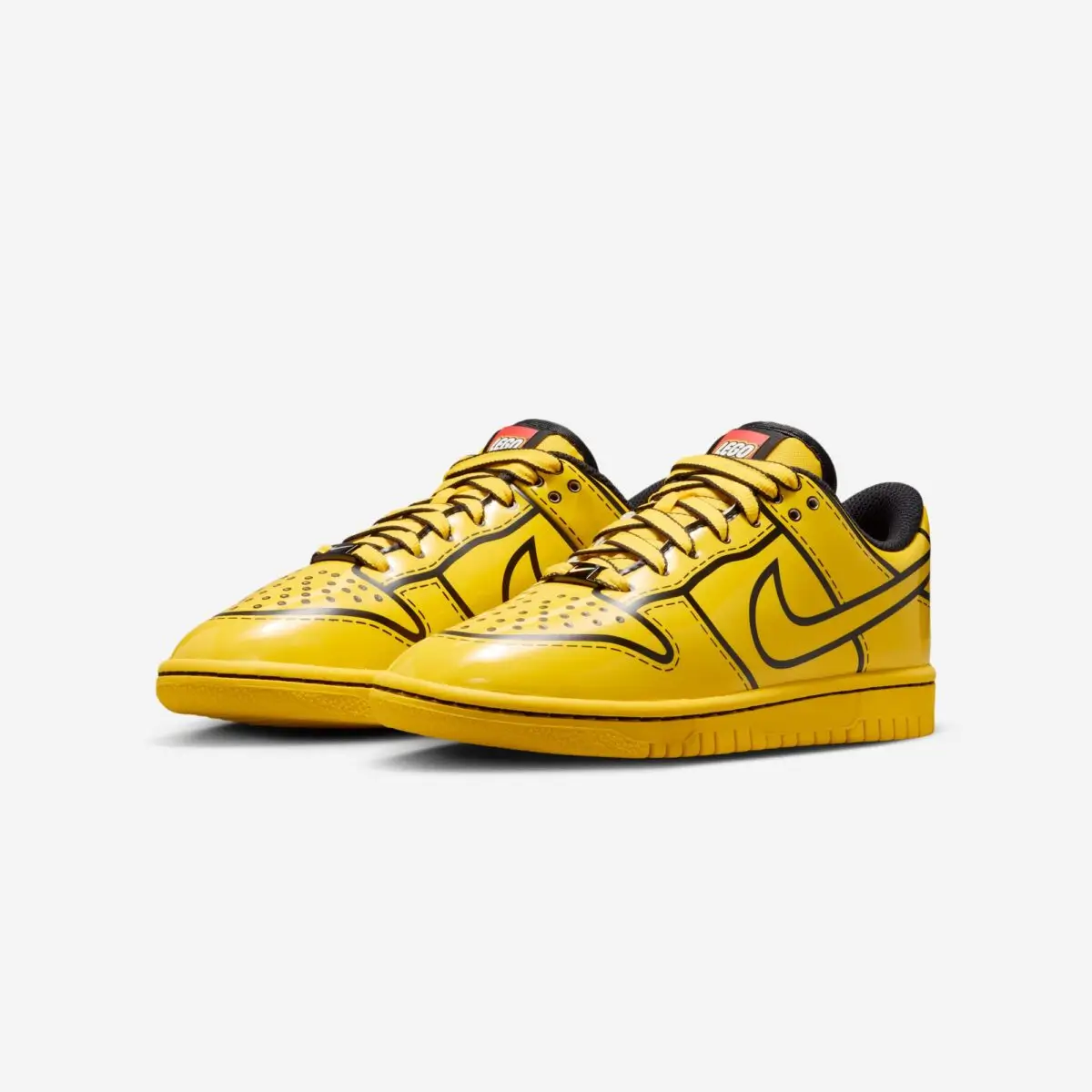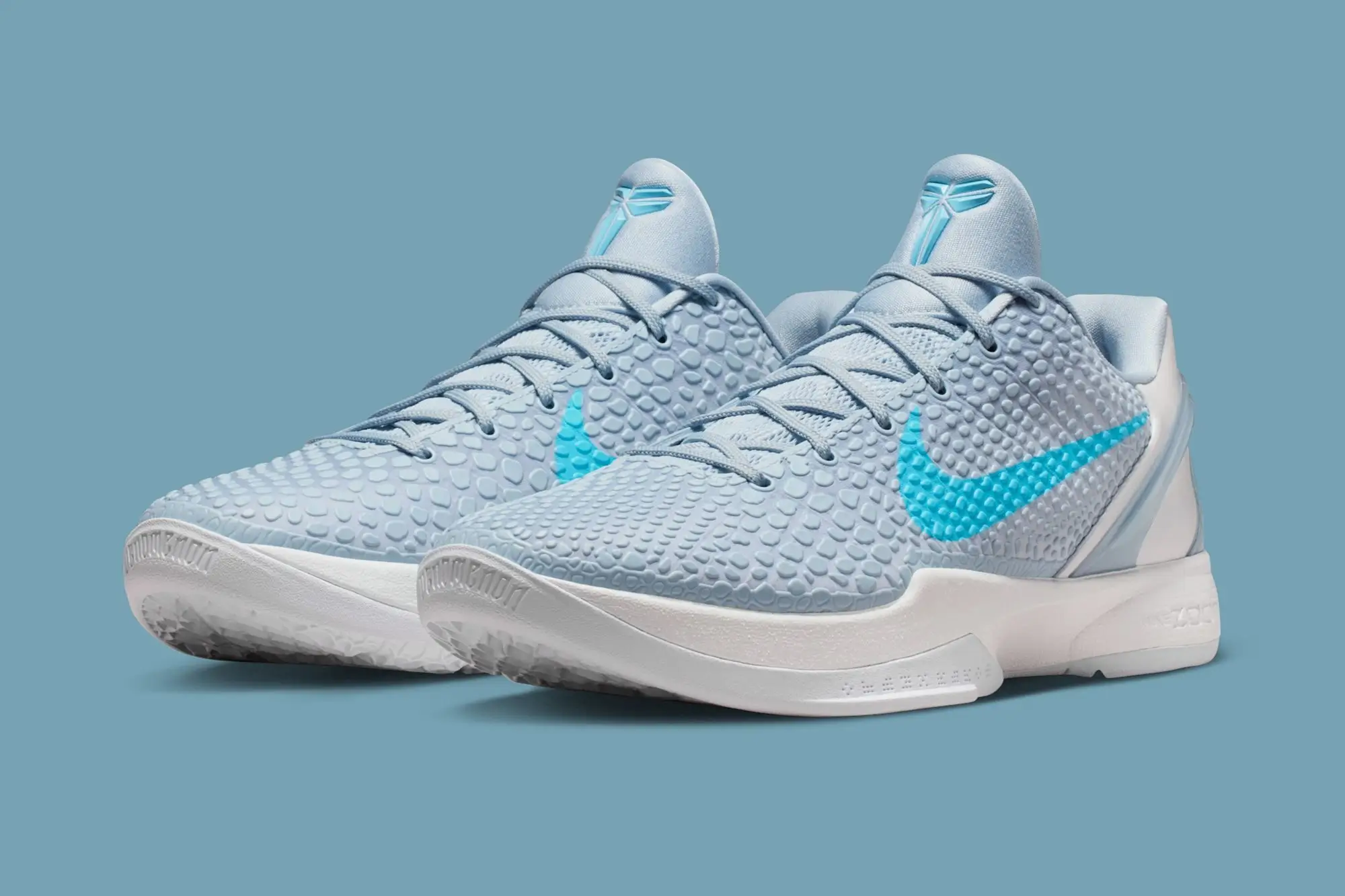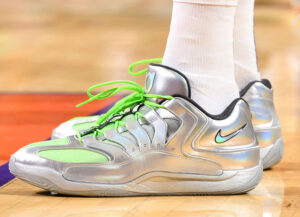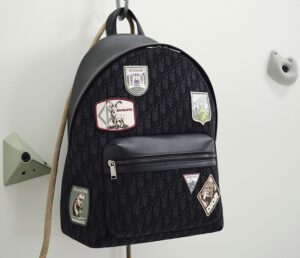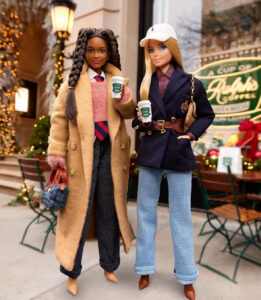The shoe world never forgets. Certain colorways sit dormant for years, almost mythic in their absence, only to re-emerge and set the scene into a collective frenzy. The Air Jordan 6 “Oreo” is one of those pairs—an understated two-tone classic that debuted in 2010, disappeared too quickly, and has steadily grown in legend ever since. Now, with early whispers predicting a return, the mood across sneaker culture is shifting. Nostalgia is merging with anticipation. Collectors are circling. And Jordan Brand appears ready to double back on a fan favorite with renewed precision.
As with all retro rumors, nothing is official until the brand confirms the release. But the speculation alone has reignited a conversation about simple design done right. While today’s market is often driven by loud palettes, experimental textiles, and celebrity cosigns, there is a refreshing clarity in the way the “Oreo” approaches style. It’s a reminder that minimalism—when executed through the Jordan 6’s sculptural form—can be just as impactful as any high-energy drop.
leg
To comprehend why the return of the “Oreo” resonates, it helps to situate the shoe within its lineage. The Air Jordan 6 is one of the most storied silhouettes in Michael Jordan’s catalog, debuting in 1991 and accompanying him as he secured his first NBA championship. Designed by Tinker Hatfield, the model fused aerodynamic sensibility with structural detail: visible air cushioning, a reinforced rubber toe cap, and those distinctive two pull loops—heel and tongue—for fast entry.
Even more iconic is the sculpted midsole, which introduced geometric foam panels that framed the shoe’s lines like origami. The 6 has always looked built for motion, even when standing still. Over the years, it has inspired a vast catalogue of moments across sports, music, and street style, further cementing its place in sneaker lore.
Among its many colorways—the “Infrared,” “Carmine,” “DMP,” and “Olympic”—the “Oreo” stands out for its intentional restraint. There is no vibrant accent, no saturated storytelling moment. Instead, the colorway leans into pure form and texture. That’s exactly why its absence has been felt so strongly.
why
When the Air Jordan 6 “Oreo” first released in 2010, sneaker culture was in a different era. Social media was accelerating influence, blogs were the epicenter of hype cycles, and releases were beginning to feel global in a way they never had before. The “Oreo” managed to strike a chord because it didn’t chase overstatement. It balanced heritage with a crisp palette rooted in everyday wearability.
The shoe’s black nubuck base established a rich, velvety depth, absorbing light and creating a soft contrast against the white leather overlays. What made the pair unmistakable were the speckled midsole panels—a design strategy that felt playful yet controlled, almost like an artisan touch on a familiar architectural surface. The ice-blue translucent outsole added a modern lift, giving the shoe a refined finish that aged gracefully over time.
Back then, the “Oreo” wasn’t marketed as a grail. It wasn’t tied to a historic MJ moment or a thematic narrative. It simply looked clean, contemporary, and effortlessly wearable. That’s often the formula for a sneaker that ages well.
flow
Fast-forward to the present landscape and Jordan Brand’s timeline tells a clear story: its strategy increasingly revolves around curating the archive with sharper precision. There is an appetite for returns—colorways that connect generations and remind sneakerheads why they fell in love with the culture in the first place.
The potential comeback of the “Oreo” aligns with a broader sentiment across collectors. After years of maximalist experimentation, there’s renewed focus on simpler palettes, quality materials, and throwback-blocking. This is partly driven by fatigue from over-saturated drops and partly by the cyclical rhythm of fashion at large, which continually swings between loud excess and clean minimalism.
If the rumors are accurate, the 2026 (or late 2025) iteration of the Air Jordan 6 “Oreo” is expected to update materials for modern durability while honoring the original recipe: black-and-white contrast, tasteful speckling, and that unmistakable icy outsole. Jordan Brand tends to reserve reissues for pairs that can sustain both nostalgic value and new style relevancy—precisely what the “Oreo” delivers.
show
Should the Air Jordan 6 “Oreo” return, sneaker fans will be paying close attention to accuracy. Retros often stir debate, especially around material authenticity. For the “Oreo,” there are a few key details that supporters hope to see replicated with care.
The nubuck must maintain its original density—not too thin, not overly synthetic—with a matte finish and smooth hand feel. The white leather overlays should carry subtle grain and structure, avoiding the plasticky sheen that sometimes appears in modern general releases. The speckling, the signature trait, has to be precise: sharp, consistent, and balanced across both medial and lateral sides.
Perhaps the most important element is the translucent outsole. The ice tint of the original was subtle, not overly blue. Too much saturation risks drifting into “new icy” territory rather than the classic look that collectors cherish.
If Jordan Brand threads that needle, the retro could become one of the most faithful returns of the era.
return
Beyond aesthetics, the rumored revival of the Air Jordan 6 “Oreo” symbolizes something larger about sneaker culture. It represents a shift back to appreciating design itself—not just storylines or collaborations. The pair is a case study in how legacy silhouettes can remain relevant without the heavy machinery of modern hype. The shoe isn’t loud; it’s intentional.
Its potential rerelease also taps into the generational handoff taking place in the culture. New collectors, many of whom were too young to remember or buy the original 2010 version, now have the opportunity to experience a colorway that shaped the early 2010s sneaker identity. Older collectors get a chance to rebuild a pair long since yellowed or worn to dust.
The “Oreo” remains influential because it feels timeless. It’s the kind of shoe that works with denim, tech pants, cargos, jersey shorts, and almost any palette. It brings versatility, not performance bravado, to the table. That is precisely why its comeback feels more like a necessity than a surprise.
impression
Until Jordan Brand confirms the release, the Air Jordan 6 “Oreo” exists in the liminal space between rumor and revival. But its return feels inevitable. It’s a colorway that shaped an era, disappeared before its time, and now stands poised for a thoughtful reintroduction.
If executed with fidelity, the retro could reaffirm the value of simplicity in an increasingly complex sneaker world. The “Oreo” doesn’t need embellishment; it just needs to be done right. And when that happens, the culture tends to respond.
No comments yet.



